The Role of Powder Dosing in Water Treatment
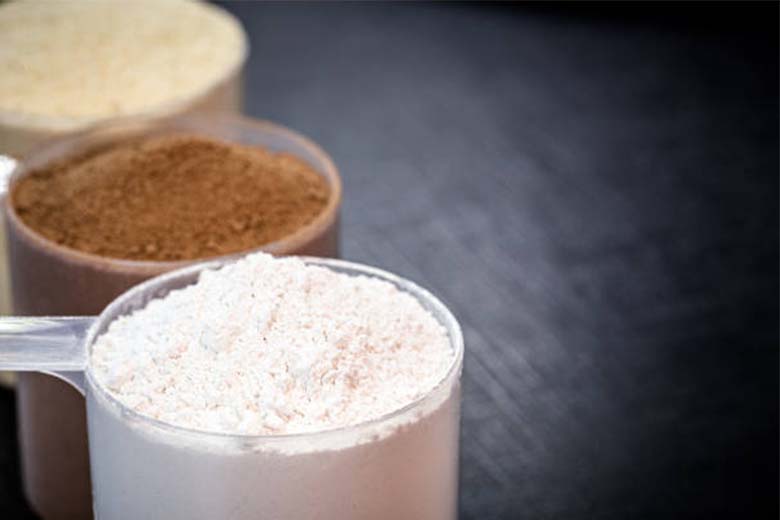
What is powder dosing?
Powder dosing is the process of quantifying and measuring powdered materials with precision and accuracy. Powder is one of the common raw materials in many industrial and manufacturing areas that need to be added to a product or process in a specific ratio or quantity to ensure the quality, performance or effectiveness of the final product.
The purpose of powder dosing is to ensure that the powder is added to the production line, manufacturing process or mixture in the exact formula or proportion intended. This precise dosing is critical for industries such as pharmaceuticals, food processing, cosmetics manufacturing, coatings and pigments. In these areas, the proportions and quantities of powders must be accurate to ensure that the product has the desired characteristics and quality.
Powder dosing often relies on sophisticated equipment such as weighing equipment, powder conveying systems, and automated control systems. This equipment ensures that powders are accurately weighed, transported and added to the production or mixing process.
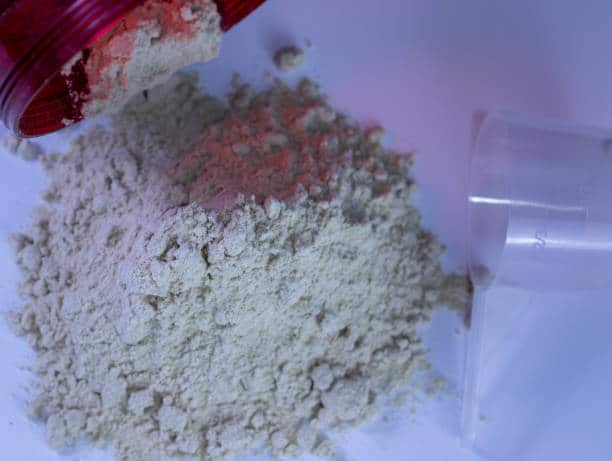
What are the methods of powder dosing?
Powder dosing can be accomplished by a variety of methods, and the specific method chosen depends on the characteristics of the powder, the production process, and the accuracy required. The following are common methods of powder dosing:
- Gravimetric method (weighing): Powder is measured by weight using precise weighing equipment. This method is usually used where high precision is required, such as in the pharmaceutical or chemical fields.
- Volumetric method: According to the density and volume of the powder, the amount of powder is determined by volumetric measurement. This method may be used in some specific areas, but may be slightly less accurate than the weight method.
- Volumetric flow metering: Volumetric flow metering equipment is used to control the flow rate and flow of powder to achieve accurate metering. This method is usually used where continuous delivery of powder is required.
- Vibrating feeder: control the flow of powder through vibration device, so that it is fed according to the set rate or frequency, often used in automated production line metering.
- Incremental feeder: The powder is measured at predetermined intervals or increments, often used for precise measurement and intermittent placement of the occasion.
- Manual measurement and proportioning: In some smaller scale or special demand occasions, powder measurement and proportioning may be carried out manually.
- Calculation method: According to the characteristics of the powder and accuracy requirements, through the calculation and estimation of the way to carry out the measurement of powder.
What requires powder dosing in the water treatment industry?
- Addition of flocculants and coagulants:
Powdered flocculants and coagulants are used to treat suspended material in sewage or wastewater to help aggregate suspended solid particles into larger precipitates for subsequent filtration or sedimentation treatment. These powders need to be added to the water treatment system in precise proportions. - pH adjuster dosing:
Used to regulate the acidity or alkalinity of water to ensure that the pH of the water is within a specific range. Some chemicals in powder form are used as pH adjusters and need to be measured accurately according to the characteristics of the water sample. - Disinfectant dosing:
Powdered disinfectants such as chlorine powder and sodium hypochlorite are used to kill bacteria and microorganisms in water. These disinfectants usually need to be added to the water treatment system in specific doses. - Coagulant addition:
Coagulants help to bind tiny suspended substances in water into larger particles for subsequent sedimentation or filtration. Powdered coagulants need to be added in specific proportions to achieve optimal coagulation. - Softener dosing:
Softeners are used to treat hard substances in water such as calcium and magnesium. Powdered softeners may need to be accurately dosed and controlled to ensure that the hardness of the water meets the requirements.
What equipment is usually suitable for powder dosing?
Powder dosing devices
These devices are specifically designed to accurately measure and control the flow and dispensing of powder to ensure that the required amount of powder is put into the production or process in the exact amount required.
Powder conveying systems
These systems are used to convey powder from a storage container or tank to a desired location. They can include screw conveyors, air conveying systems, screw conveyors, and the like to ensure that the powder remains uniform and accurate during the conveying process. Metering pumps can be part of the powder delivery system for extracting and conveying the powder from the storage container or tank to the desired location. Depending on the need and the nature of the particular powder, different types of pumps, such as diaphragm pumps(H Solenoid Dosing Pump), peristaltic pumps, screw pumps, etc., may be selected to meet the powder metering requirements.
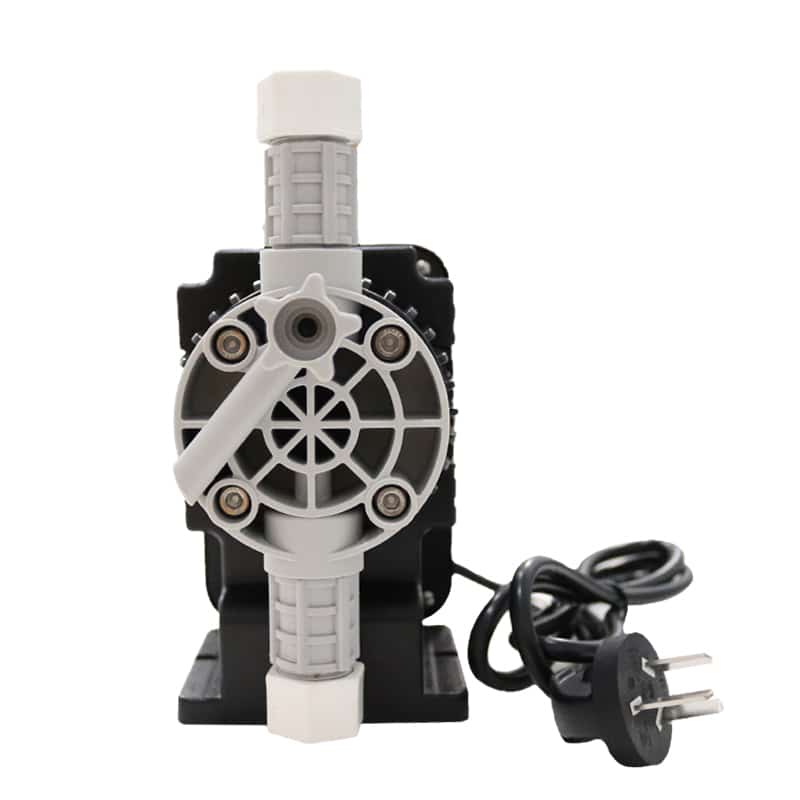
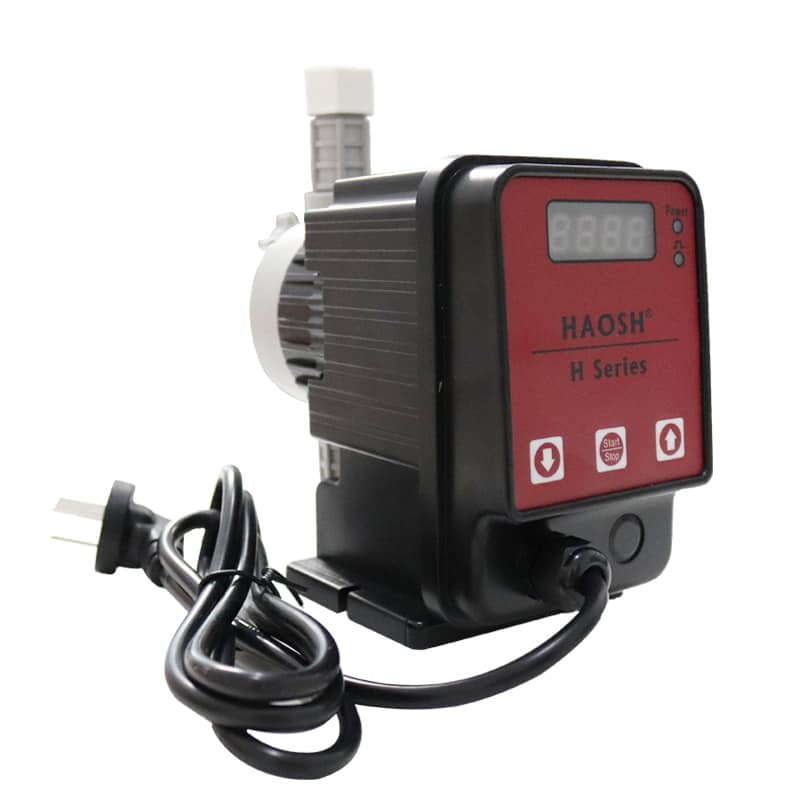
Powder feeding devices
These devices are used to accurately deliver powder at a specific rate, flow rate or mass into a desired process or product. They can be incremental feeders, vibratory feeders or other types of devices.
Powder weighing devices
Devices used to accurately weigh and measure powders. These devices are usually equipped with high-precision sensors and metering devices to ensure accurate measurement of powder. 5.
Control systems and sensors
Control systems are used to monitor, control and adjust the powder dosing process. Sensors are used to detect flow, weight or other parameters to ensure precision and accuracy in the dosing process.
Where is the powder usually transported after dosing?
Mixing equipment in a production line or process
Dosed powders may be delivered directly to mixing equipment(e.g. Tank Agitator Mixer) or mixing tanks to be mixed with other ingredients or liquids for use in the manufacture of a specific product or formulation.
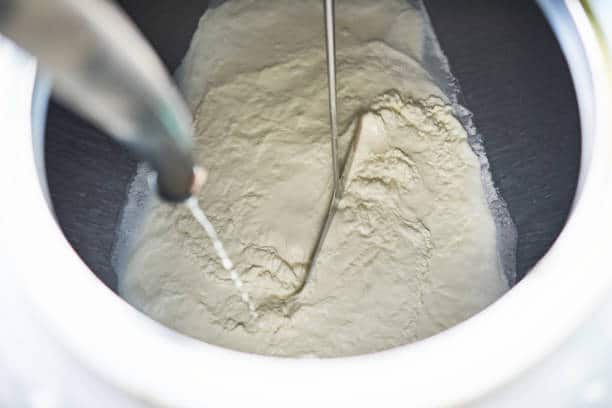
Reactor or reaction equipment
In some chemical processes or manufacturing procedures, powders may be conveyed to reactors or reaction equipment to be reacted or processed with other substances to produce a desired chemical product or intermediate.
Storage containers or warehouses
In some cases, powders may be stored in specific storage containers, warehouses or silos after dosing, pending subsequent use or further production processes.
Coagulation or precipitation treatment unit
In water treatment or chemical processes, powders may be sent to coagulation or sedimentation treatment units to help remove suspended substances or solid particles from water.
Conveyance to a specific location or process
Depending on the needs of the production line or process, powders may be conveyed to a specific location or process to accomplish a specific part of the processing, treatment or production. In the field of water treatment or chemicals, some chemicals may be in the form of powders that need to be mixed with water or other solutions to achieve a specific concentration or ratio. In such cases, a powder dosing system may be combined with a chemical dosing system to ensure that the powder and liquid are added to the system in the exact ratio.
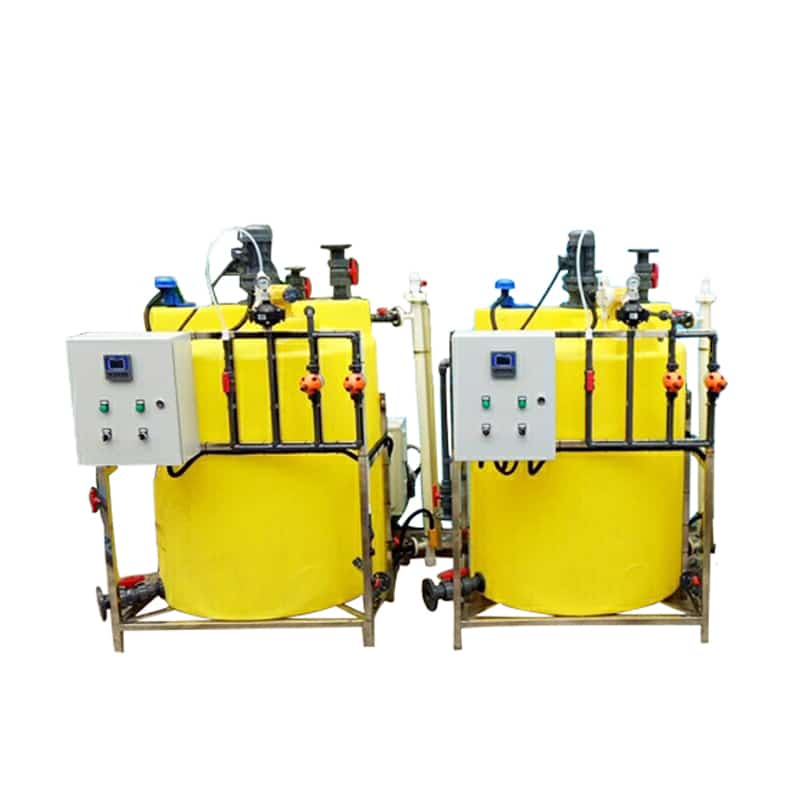
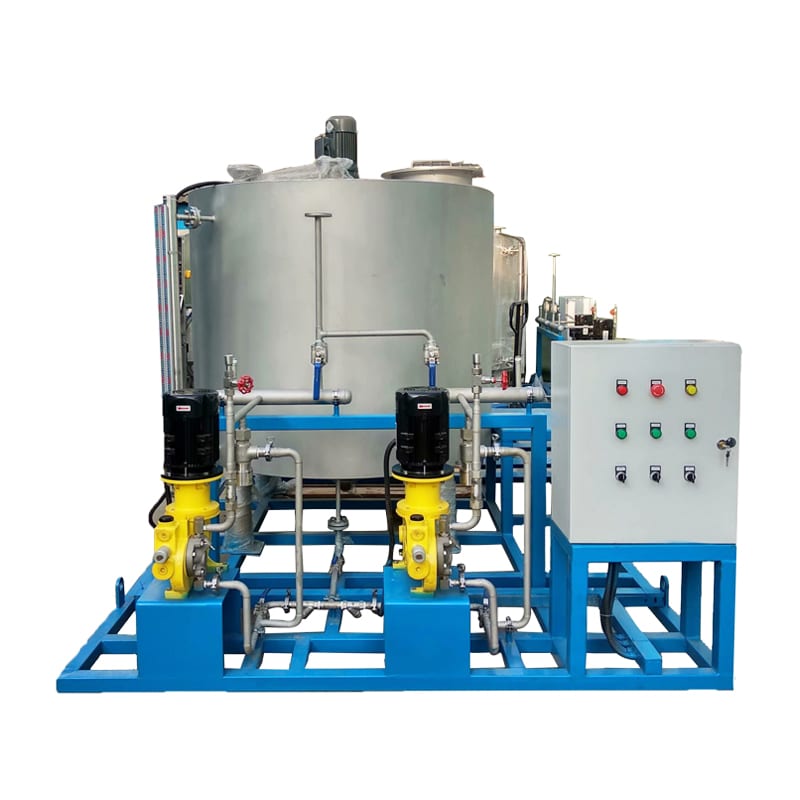
Mixing tanks, reaction tanks or processing equipment
Depending on the industry and production requirements, powders may be conveyed to mixing tanks, reaction tanks or processing equipment to be blended with other raw materials or to undergo specific processing.
Summary
Powder dosing is a critical process to ensure that powders are accurately added to a production or process in precise proportions or quantities, relying on sophisticated equipment and systems involving conveying, accurate dosing and possibly mixing steps to ensure product quality, process consistency and production efficiency.
HAOSH specializes in the development of dosing metering pumps and systems, offering dosing metering pumps, pump accessories, agitators and dosing systems. Please contact us if you have any questions.
